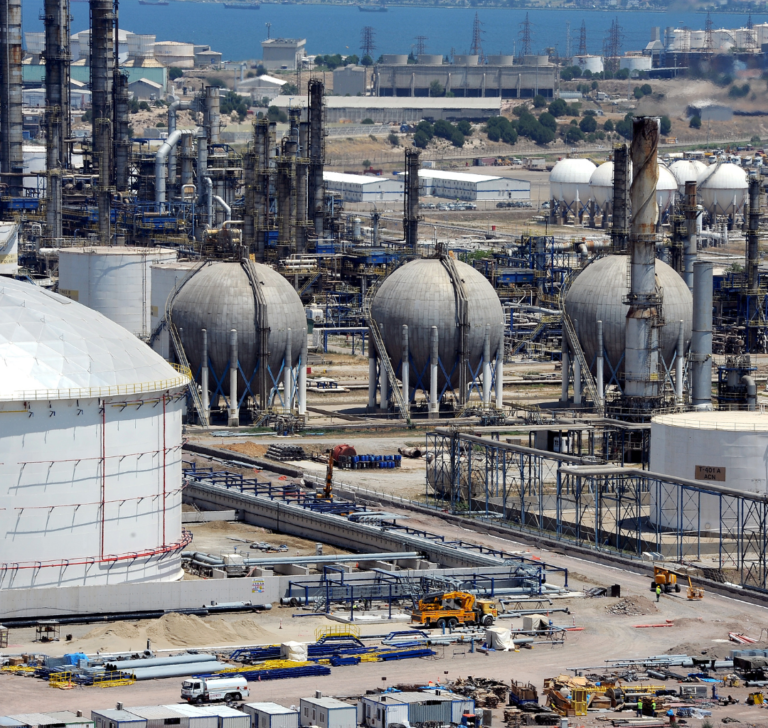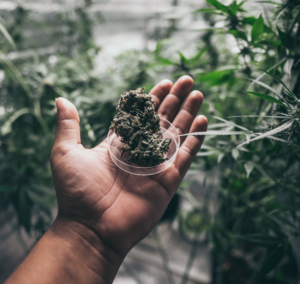Distillate consumption in the U.S. has remained at low levels, reflecting economic and energy factors
According to the Energy Information Administration (EIA), distillate consumption in the United States has remained at low levels during the current year, reflecting various factors impacting both economic activity and energy preferences. In its Weekly Petroleum Status Report (WPSR), average distillate consumption has been below the previous five-year range for much of 2024. Some of the reasons attributed to low consumption, according to the EIA, include the warm winter weather, reduced manufacturing activity, and the ongoing substitution of biofuels on the West Coast.
Similarly, distillate fuel oil, which includes diesel for vehicles and home heating, has experienced notable fluctuations in recent weeks. However, overall distillate fuel consumption in the United States has been seasonally low, suggesting possible long-term trends beyond natural data fluctuations.
In the first quarter of 2024, according to the EIA report, heating diesel consumption was lower than usual due to an exceptionally warm winter. Although this type of diesel typically represents a significant portion of distillate consumption in the early months of the year, the weather reduced its demand by 6%, as estimated by the Administration.

Biofuels: decreasing diesel consumption
These indicators signal moderate economic activity in the United States. On one hand, industrial production has declined on an annual basis for several consecutive months, while truck freight transportation has shown year-on-year decreases for over a year.
On the West Coast, the preference for biofuels, particularly renewable diesel, is significantly impacting petroleum-derived fuel consumption. Clean fuel programs continue to promote biofuel use, resulting in increased consumption of renewable diesel and biodiesel in the region. The combined consumption of renewable diesel and biodiesel on the West Coast has reached levels close to its historical peak, while petroleum distillate consumption has hit its lowest point in decades.
In summary, the low distillate consumption in the U.S. reflects a combination of factors, from weather conditions to changes in energy preferences and economic activity. The trend toward biofuel substitution, especially on the West Coast, is reshaping the fuel market, likely with long-term implications for the country’s oil and energy industry.
Although renewable diesel currently represents only a small percentage of total distillate and biofuel consumption in the U.S., according to the EIA report, continuous growth is expected in the coming years, which will likely continue displacing petroleum distillate.

State legislations review on speed cameras and red light cameras
States continue to review regulations regarding speed cameras and red light cameras State legislators nationwide continue to review regulations regarding speed cameras and red light

Mothers and truckers: the challenges of being a mother on the road
The biggest challenge lies in the need to care for and provide for the children at the same time Long hours of work, complete dedication,

The deadly consequences of not wearing seatbelts among truck drivers
Seven out of ten truck drivers involved in fatal accidents were not wearing seatbelts During an annual research forum, the FMCSA presented the latest data

Drivers could face license suspension if RTD process is not completed
163,318 holders of CDL and CLP licenses are registered as “prohibited” The latest FMCSA report reveals that 163,318 holders of CDL and CLP licenses are

International Roadcheck: what you need to know about DOT Week 2024
From Tuesday, May 14 to Thursday, May 16, 2024, the International Commercial Vehicle Safety Alliance’s DOT Week 2024 will be held at the International DOT

Marijuana reclassification: implications for CDL drivers and public safety
It seeks to reclassify marijuana from Schedule I to Schedule III, how does this affect shippers? The Biden Administration seeks to reclassify marijuana from Schedule
